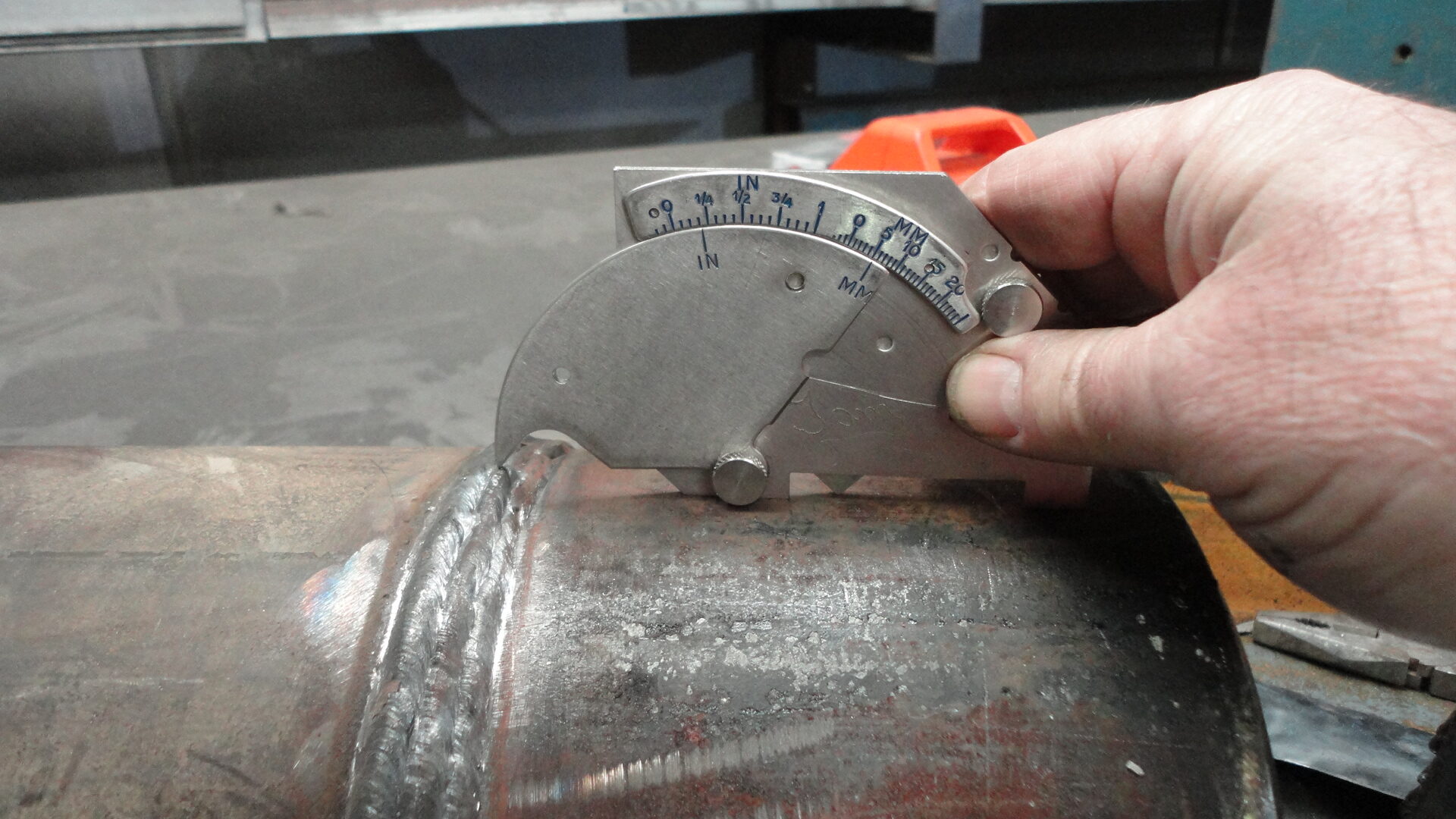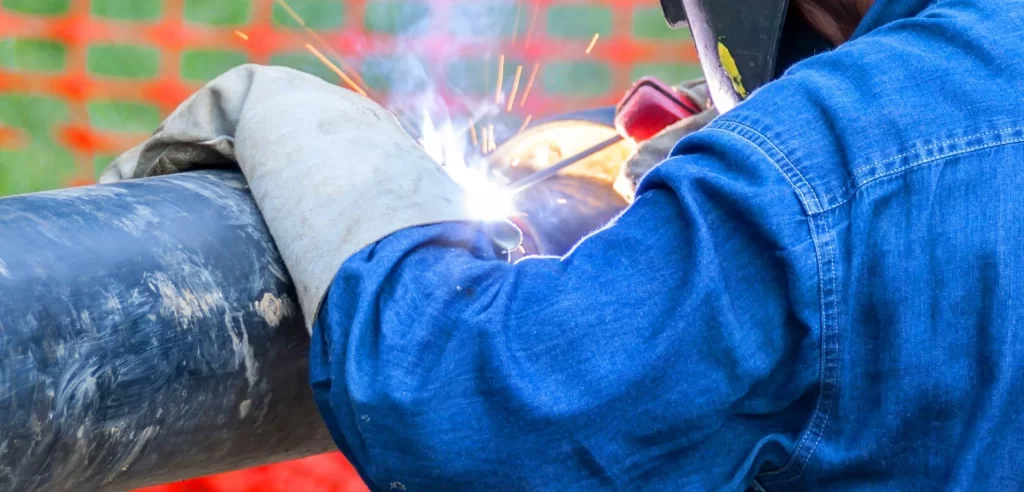Make Best Use Of Welding Integrity: Count On Our Inspection Service
Make Best Use Of Welding Integrity: Count On Our Inspection Service
Blog Article
The Necessary Sorts Of Welding Providers Every Market Must Learn About
In the large landscape of industrial operations, the importance of welding services can not be downplayed. Welding is a basic procedure that signs up with materials together, making certain structural integrity and performance throughout various industries. Recognizing the necessary kinds of welding solutions that accommodate certain industry demands is essential for optimal efficiency and safety and security. From the traditional yet reliable arc welding to the accuracy of laser beam welding, each method supplies unique benefits and applications that drive the effectiveness and top quality of production. As sectors demand and evolve for cutting-edge solutions expands, being fluent in these welding techniques is not just valuable yet important for staying affordable and meeting market criteria.
Arc Welding
Arc welding is an extensively used welding procedure that uses an electric arc to join steel parts with each other. This approach prevails in numerous markets due to its versatility and efficiency in producing strong and long lasting welds. The procedure involves producing an electric arc between the base steel and a consumable electrode, typically made of a similar material. As the arc heats the work surfaces, they melt and fuse together, creating a strong joint upon cooling.
Among the essential benefits of arc welding is its capacity to weld a large range of steels and alloys, making it appropriate for varied applications. In addition, arc welding can be carried out utilizing various variants, such as shielded metal arc welding (SMAW), gas steel arc welding (GMAW), and flux-cored arc welding (FCAW), each offering specific benefits relying on the project demands.
Furthermore, arc welding is understood for its simpleness and cost-effectiveness, making it a preferred selection for many producers and makers. By understanding the numerous strategies and tools associated with arc welding, professionals can produce top notch welds successfully and accurately.
Gas Steel Arc Welding (GMAW)

With appropriate method and tools configuration, GMAW can produce solid, top notch welds that satisfy sector requirements. Overall, GMAW is a functional welding process that offers performance, adaptability, and reliability for a selection of welding applications across various markets.
Gas Tungsten Arc Welding (GTAW)
Gas Metal Arc Welding (GMAW) uses outstanding welding effectiveness, and similarly, Gas Tungsten Arc Welding (GTAW) brings a different collection of advantages to the table in the world of welding services (Welding Inspection Service). GTAW, additionally called Tungsten Inert Gas (TIG) welding, is a top notch and versatile welding procedure commonly utilized in sectors such as aerospace, automobile, and production

Among the vital advantages of GTAW is its capacity to produce high-grade, precise welds on a range of metals, including light weight aluminum, stainless steel, and copper alloys. This process permits better control over the welding arc, resulting in clean, spatter-free welds with very little post-weld cleaning called for.
GTAW is additionally favored for its capability to bond thin materials without triggering bending or distortion, making it perfect official statement for applications where appearances and accuracy are crucial. Additionally, the TIG welding process can be used with or without filler metal, offering adaptability in welding various joint kinds and densities.

Resistance Welding
An extensively utilized welding method in various markets because of its performance and performance is Resistance Welding. This strategy entails signing up with 2 steel pieces by applying pressure and passing a current with them. The warm produced by the electrical resistance at the joint creates the products to fuse with each other. There are numerous sorts of resistance welding, including area welding, seam welding, and estimate welding, each suited for specific applications.
Area welding is frequently utilized in the automotive market for signing up with sheet steel parts. It entails using two copper electrodes to the steel items and passing a high current for a short duration. Seam welding, on the other hand, is suitable for developing continual joints, such as in the construction of steel containers or pipelines. Forecast welding is suitable for welding nuts, bolts, or other bolts onto steel parts.

Laser Light Beam Welding
Making use of an extremely focused laser beam investigate this site of light to melt and join metal parts, laser beam of light welding is a effective and accurate welding strategy typically employed in numerous markets. This advanced technique uses a number of benefits, including very little distortion, high welding rates, and the capability to weld products with high precision.
Laser beam of light welding functions by directing a laser light beam at the workpiece, which produces a liquified swimming pool that fuses the products with each other upon solidification. The process is non-contact, indicating there is no need for the welding device to touch the workpiece, decreasing the threat of contamination or damage. In addition, the focused beam of light enables deep weld penetration and slim weld joints, making it suitable for applications needing high precision and strength.
Industries such as auto, aerospace, electronics, and clinical device production often count on laser light beam welding for its capability to generate top notch welds with very little heat-affected areas. As technology proceeds to advance, laser welding is expected to play an increasingly substantial role in the fabrication of complex parts across different fields.
Final Thought
Finally, understanding the vital kinds of welding solutions such as Arc Welding, Gas Steel Arc Welding (GMAW), Gas Tungsten Arc see this website Welding (GTAW), Resistance Welding, and Laser Beam Welding is important for every single market. Each of these approaches plays a distinct duty in the manufacturing and construction processes, making certain durable and solid connections for different materials. By knowing these welding services, sectors can make enlightened choices regarding which technique best matches their details requirements.
From the standard yet trustworthy arc welding to the accuracy of laser beam of light welding, each technique uses unique advantages and applications that drive the performance and high quality of production.Arc welding is an extensively utilized welding procedure that uses an electric arc to sign up with metal parts together.Gas Steel Arc Welding (GMAW) is an extremely reliable and frequently utilized welding procedure in various sectors for signing up with metal components with each other using a shielding gas and a consumable electrode. There are numerous types of resistance welding, including place welding, seam welding, and estimate welding, each fit for particular applications.
In conclusion, understanding the crucial kinds of welding services such as Arc Welding, Gas Steel Arc Welding (GMAW), Gas Tungsten Arc Welding (GTAW), Resistance Welding, and Laser Beam of light Welding is important for every sector. - Welding Inspection Service
Report this page